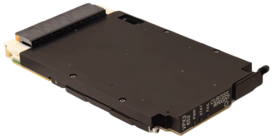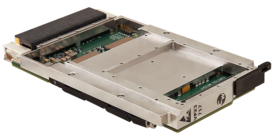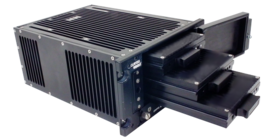
In aviation, degraded visual environment (DVE) refers to low visibility conditions that hinder a pilot’s ability to maintain awareness and control the aircraft effectively. Fog, dust storms, smoke, and even darkness can compromise situational awareness and aircraft control, leading to dangerous situations, mission delays, and accidents.
Recognizing this threat, the U.S. Army initiated the Degraded Visual Environment Mitigation (DVE-M) program. This program aims to transform DVE from a hindrance to a tactical advantage by equipping aircraft with advanced sensor systems. These sensors provide real-time multi-sensor fused imagery that enables pilots to navigate and safely land in DVE conditions.
Systems designed to combat DVE are often custom-developed, incurring high costs and long development times. To address this challenge, platform developers require ready-to-deploy, cost-effective solutions that prioritize pilot safety and operational effectiveness.
An aerospace integrator contacted Curtiss-Wright for a COTS solution that could meet their demanding DVE-M sensor system requirements. Their application needed graphics processing and data storage to reduce program cost and development time while providing a long product lifecycle.


